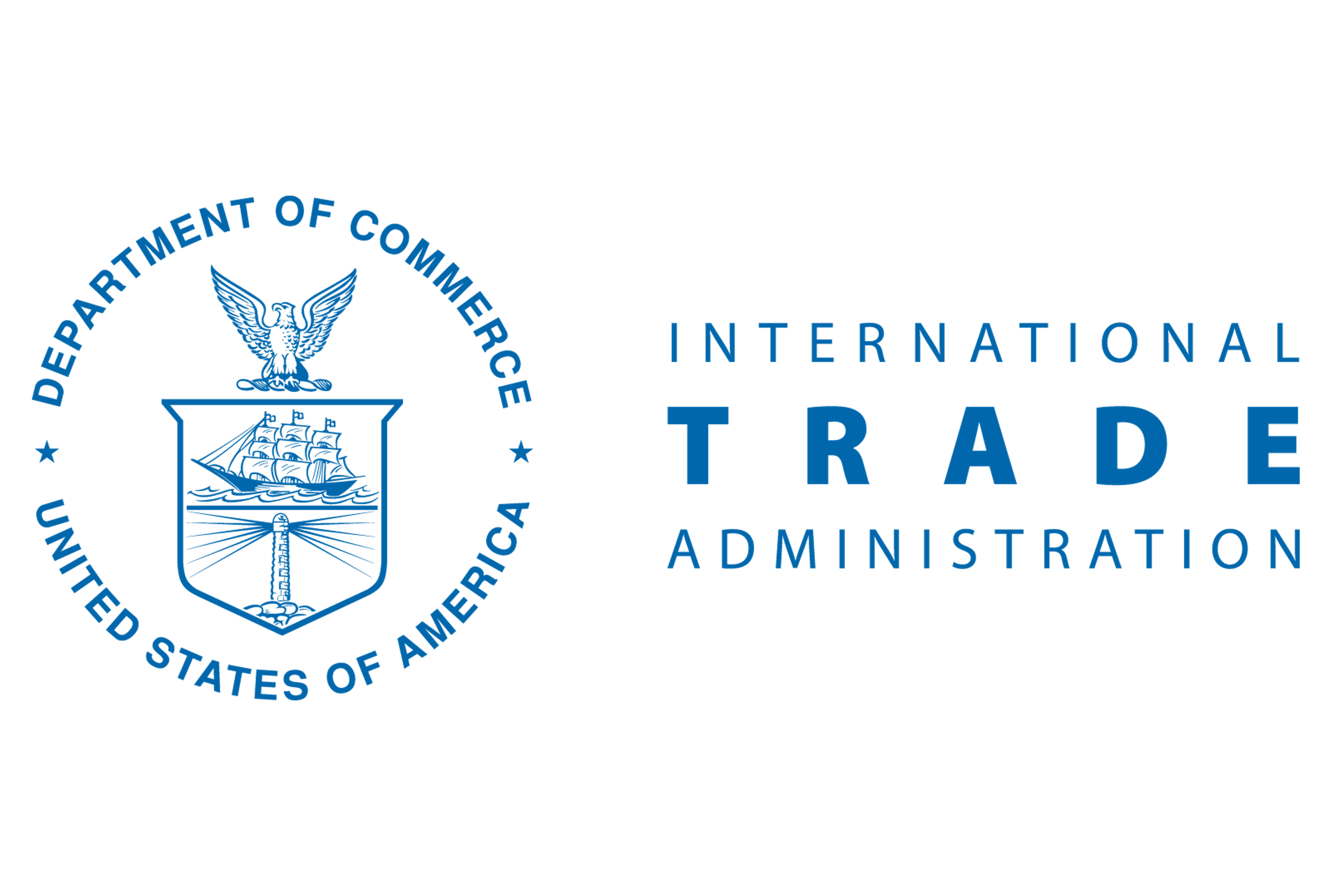Analysis

August 29, 2019
Construction Labor Shortage Requires New Training Programs
Written by Sandy Williams
Eighty percent of contractors report difficulty filling hourly craft positions, according to a new survey by the Associated General Contractors of America. Only 4 percent expect hiring conditions to be easier in the next 12 months.
“Workforce shortages remain one of the single most significant threats to the construction industry,” said Stephen E. Sandherr, AGC’s chief executive officer. “However, construction labor shortages are a challenge that can be fixed, and this association will continue to do everything in its power to make sure that happens.”
All four regions surveyed had difficulty finding qualified workers. Regionally, 81 percent of contractors in the Midwest had difficulty filling craft positions, 81 percent in the Northeast, 75 percent in the South, and 83 percent in the West.
“Demand for construction has not slackened in most metro areas,” said Ken Simonson, the association’s chief economist. In July, construction employment grew year-over-year in 255 out of 358 metro areas (71 percent), declined in 56 and was unchanged in 47.
The survey found that 91 percent of nearly 2,000 respondents said they expect their firm to hire hourly craft personnel in the next 12 months, either for expansion or replacement.
One of the biggest challenges facing many construction firms is the lack of available, qualified workers to hire, said AGC. The survey found that 45 percent of respondents give a rating of “poor” to the adequacy of the local pipeline for supplying craft personnel who are well trained or skilled.
Association officials said part of the problem is that the nation’s higher education system does not place career and technical education on an equal footing with traditional college education. For example, federal Pell grants cannot be used for construction-focused training programs offered by community and technical colleges. Sandherr called on Congress and the administration to pass the bipartisan JOBS Act, which would remedy this Pell grant problem.
“It’s high time to end the federal funding bias against career and technical education and provide students interested in vocational education with the same opportunities available to students attending four-year colleges,” Sandherr said. “Leveling this playing field will help introduce more young adults to the many high-paying opportunities throughout the construction industry.”







